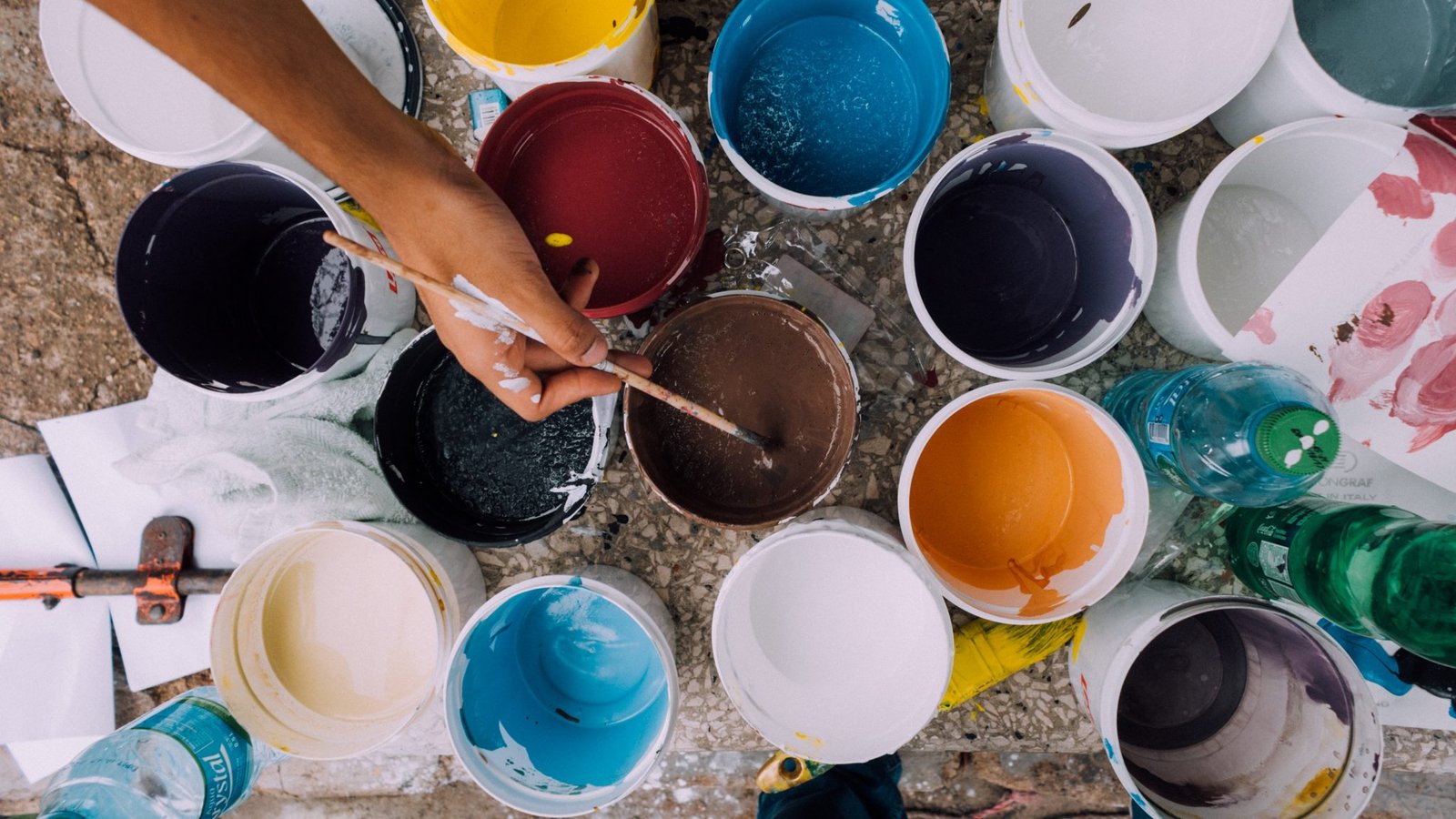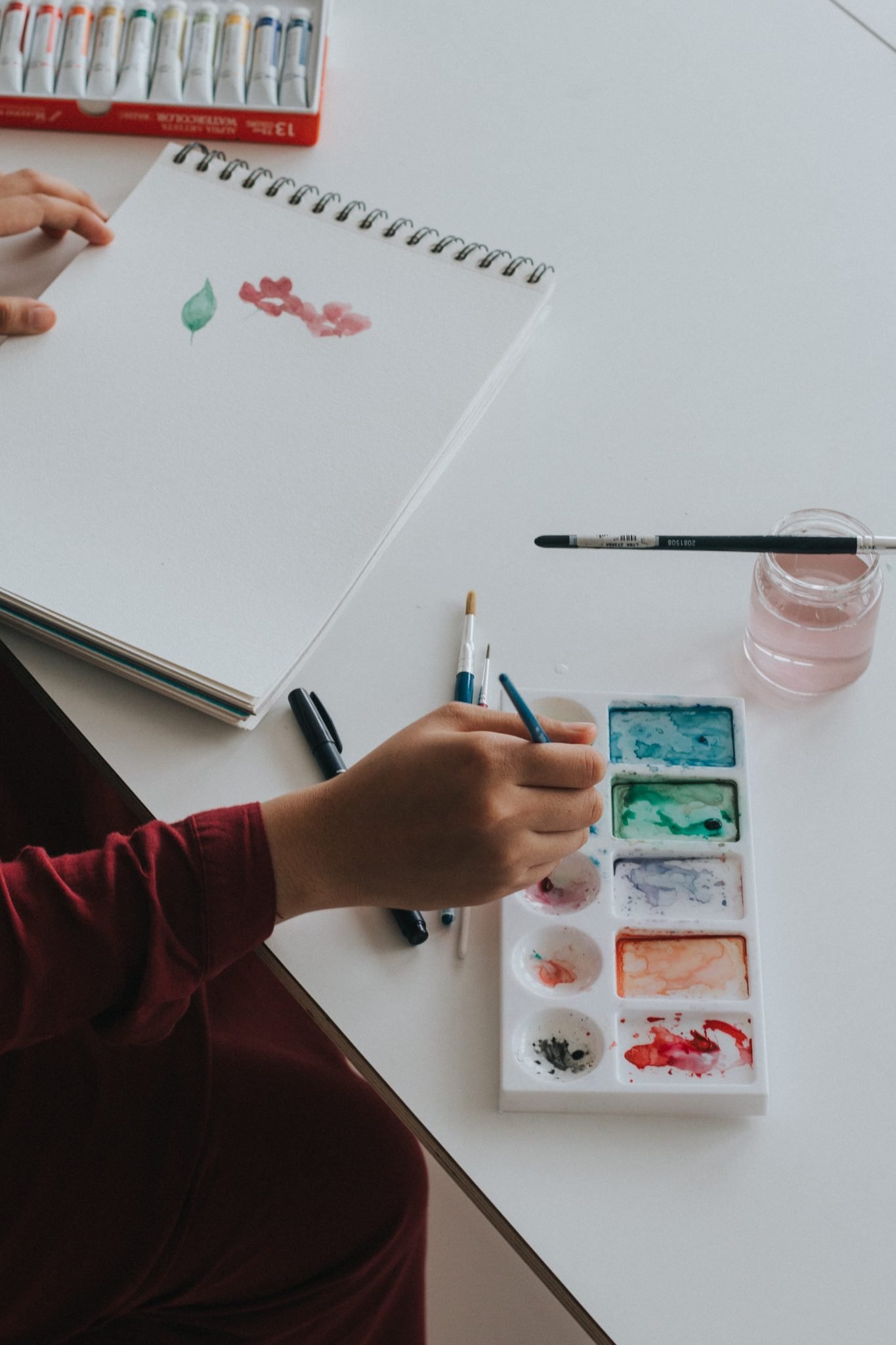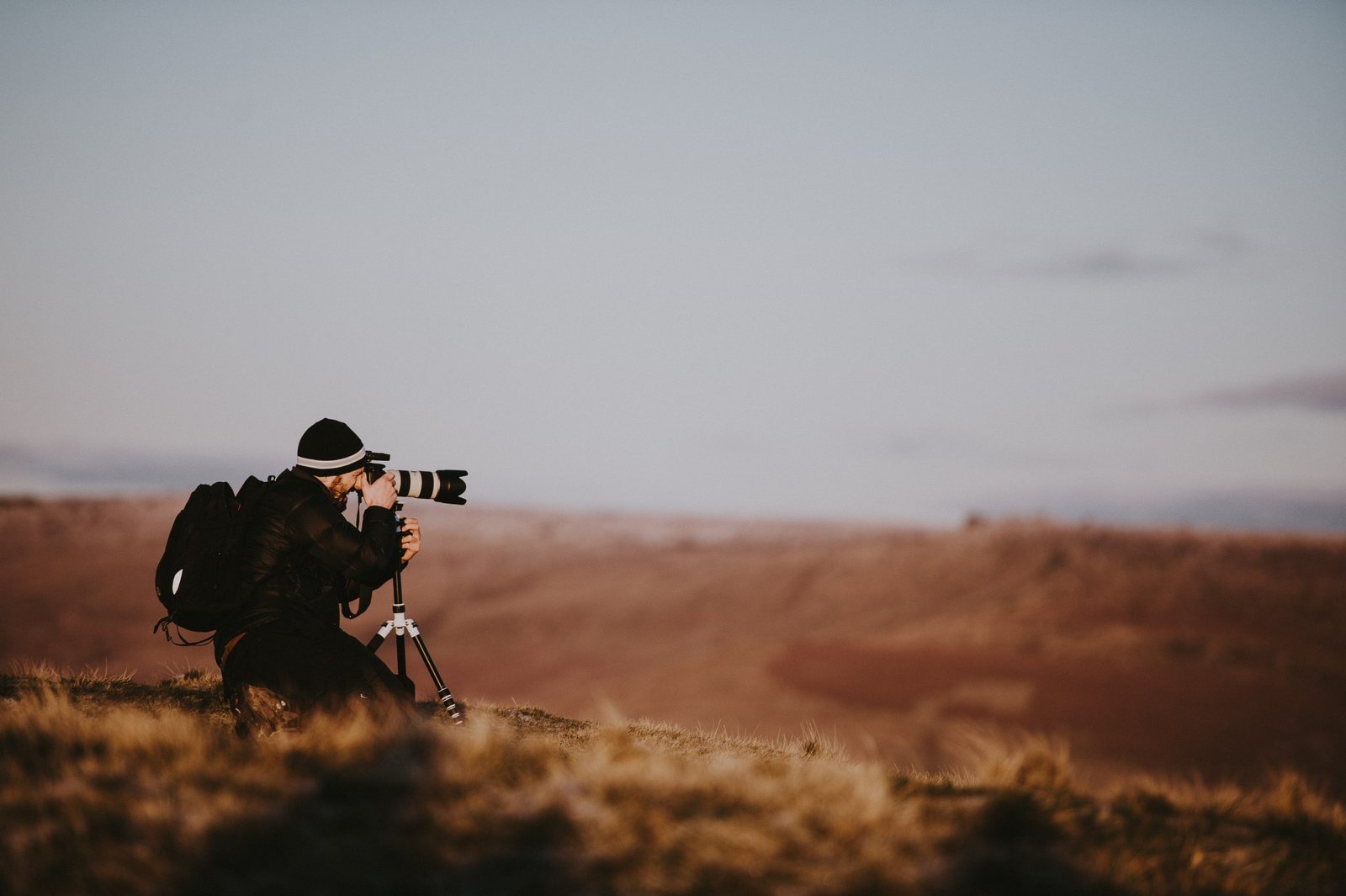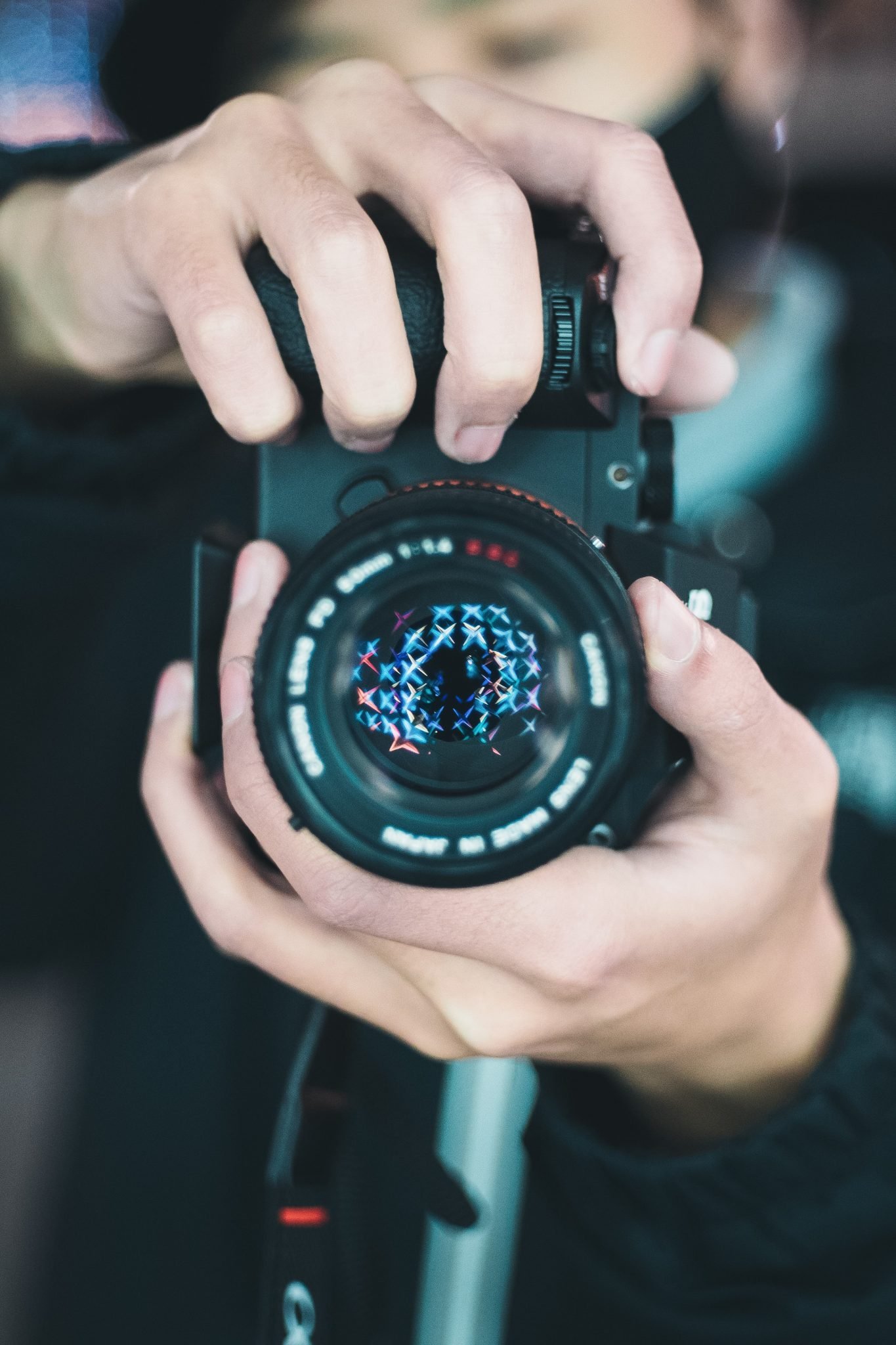
The Love Of Art: Photography Compared To Painting
This article aims to clarify the relationship between photography and drawing. The article also argues that the lens and the painters’ brush are nothing but tools for transferring the artists’ visions through different paintings and multiple arrays.
Photography is not an independent art, but rather an integral part of the rest of the other plastic arts such as drawing and sculpture.

Photography is taken from the word “photograph”, which is derived from the two Greek words “phos” “graph”, and the word (phos) means light, and (graph) means drawing or writing. Therefore, the original Greek term means drawing with light. Light is one of the most important elements of photography, where images are formed, the result of a quantity of light being trapped for a certain period on a film or memory card.
While the painting is known as visual and plastic sort of art in which feelings, ideas, objects, and topics are expressed through shapes, lines, and colors, it is an art known since ancient times, and it can be found in many forms by recording some notes, thoughts, or scenes of a specific form at some inspirational moment. As preparatory work, a medium has no means and methods of artistic expression, but it is sometimes a work of art in itself.

The beginning of the difference
Back in the day when painters like Leonardo da Vinci were trying their best to reproduce colors, their duty was not consisting of showing an object as it is in real life but rather some sort of recreation of it. They understood that they could not represent life in paintings, and that is the idea behind the theories and schools of painting, which have started in the middle of the 19th century. They found in photography the ability to convey scenes with craftsmanship and technique that would challenge any brilliant artist’s ability. Photography can capture landscapes or portray models (people and models) as it was originally. Many artists used photographs of people and landscapes to guide them in his pictures and drawings, so instead of the person being painted sitting for long hours in front of him, it became possible to draw people through their photographs.
Photography and Modern Art
The plastic arts developed, and new art schools emerged, such as impressionism (impressionism), brutality, and expressionism as a result of the intellectual and scientific development in the second half of the nineteenth century. The Impressionists were concerned with recording their observations and impressions at certain points in time, depending on the study of the scientific results of colors, so their paintings shone in brilliant colors. With the emergence of color in the photographic image, the art of taking pictures was able to transmit colorful scenes, and it became easy to control the color material produced either by machine or during development and printing. Filters have also appeared to deepen certain colors, such as the blue of the sky, mixing a number of colors in one piece of artistic work, or highlighting the colors and making them starker than others.

The photographic image also came to embody human expressions (expressive) and psychological feelings in a large way. Taking advantage of the technical capabilities in this art, where the artist can control the camera by drawing zigzag lines, for example, or adding expressive touches on faces or photographed objects.
On the other hand, more recent art schools such as Cubism, Abstract, and Surrealism made use of photographic techniques. Where a photographer can draw and color his paintings with his lens by controlling spaces, geometric shapes, and lines, this can be done in various ways whether the image is black and white or color or merging a black and white image into a color image to be in one image. Indeed, geniuses like Picasso made use of the photographic image in creating his paintings. The photograph also has the ability to simplify shapes with abstract lines and areas far from representing things as they are in reality, whether in terms of shape or color.

Even surrealism, which relies heavily on psychoanalytic theories, takes its forms from reality and then regroups them in an unrealistic manner, as we see in the paintings of Salvador Dali and Miró. Professional photographers can enter this atmosphere with their simple tools and photograph dreams, as Man Ree used to say. Man Ray, Halsman, Nash, and other great innovators in photography, moving the latter away from mere stereotypes and traditionalism in simulating reality without changes.
Many of the painters and photographers of modern schools have made use of photographic techniques in the implementation of their works, such as the unique piece “Nude Descending a Staircase” by Marcel Duchamp, which adopted the method of multiple shots in one shot.
Conclusion:
This article deals with the relationship between the arts of taking pictures and painting. Photography began as a certain object of drawing to define its shapes and characters. It then developed to be a competitor to drawing paintings. Not only in showing and printing the things as they are in reality, but in competition with his technical capabilities and the creativity of a professional photographer. The most artistic schools are concerned with the imagination as surrealism. Nowadays, photography has as many exhibitions as paintings and any other artistic work. If you are into either of those arts, just follow your passion and remember to always use your imagination.
Resources:








